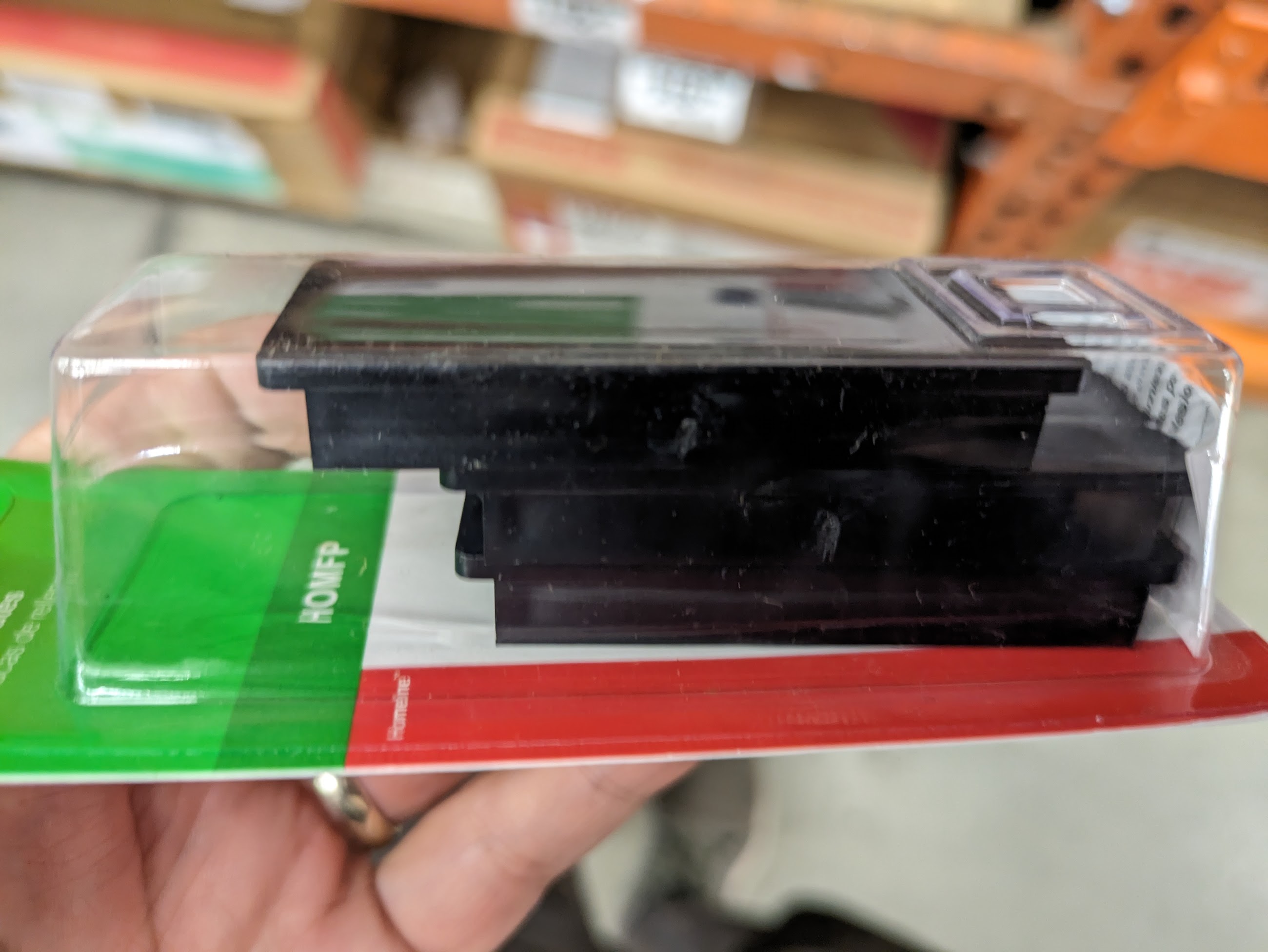This probably should be rearranged to begin with
Right now, with the power meter just stuffed in there, not only are you dealing with something that could be cited as not "neat and workmanlike", you have no way of guaranteeing the ¼" separation required by NEC 725.136(D)(2) point a in this scenario:
(D) Associated Systems Within Enclosures
Class 2 and Class 3 circuit conductors in compartments, enclosures, device boxes, outlet boxes, or similar fittings shall be permitted to be installed with electric light, power, Class 1, non—power-limited fire alarm, and medium-power network-powered broadband communications circuits where they are introduced solely to connect the equipment connected to Class 2 and Class 3 circuits, and where (1) or (2) applies:
The electric light, power, Class 1, non—power-limited fire alarm, and medium-power network-powered broadband communications circuit conductors are routed to maintain a minimum of 6 mm (0.25 in.) separation from the conductors and cables of Class 2 and Class 3 circuits.
The circuit conductors operate at 150 volts or less to ground and also comply with one of the following:
a. The Class 2 and Class 3 circuits are installed using Type CL3, CL3R, or CL3P or permitted substitute cables, provided these Class 3 cable conductors extending beyond the jacket are separated by a minimum of 6 mm (0.25 in.) or by a nonconductive sleeve or nonconductive barrier from all other conductors.
b. The Class 2 and Class 3 circuit conductors are installed as a Class 1 circuit in accordance with 725.41.
So, I'd get some stick-on DIN rail (Hoffman ADIN3PA42) and use that to mount the meter so that the "bottom" (low-voltage end) is on the left, then use wire-ties to bundle/arrange things so that the required clearances are guaranteed (this may require disconnecting and reconnecting circuits from their breakers in order to reroute them). The good news, at least, is that your cable is fine as NEC Table 725.154(A) lists CMR as a permitted substitute for CL3R.
This should also let you snap a filler plate into the hole. If you still can't for some reason, taking the cover off and spot-welding the twistout back into place will work, as long as you can neatly weld sheet metal, of course.














